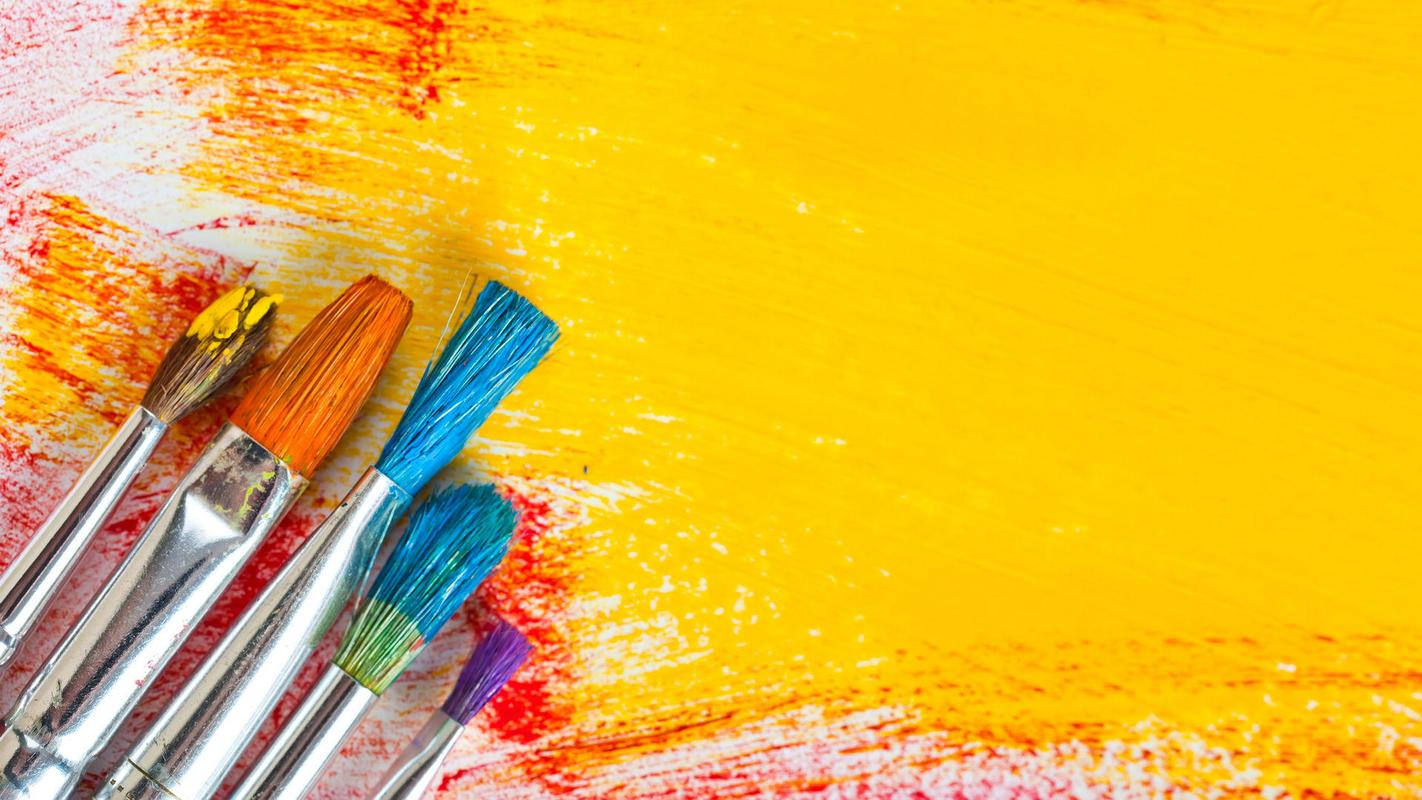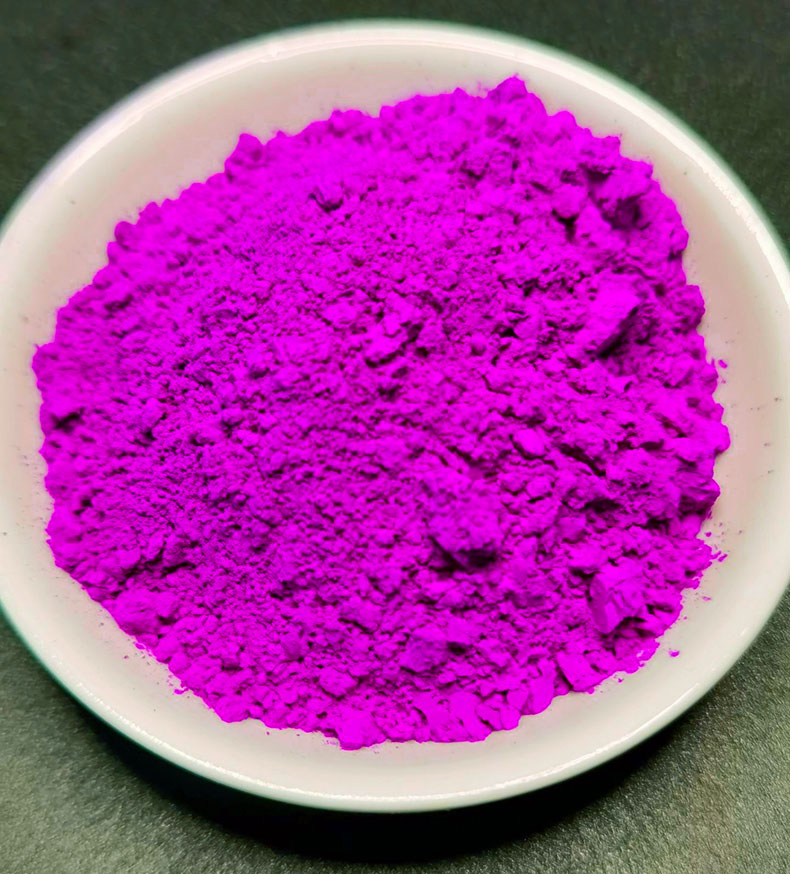What are the common types of purple pigment dyes
Purple sits between red and blue on the color wheel, and while it can be mixed with a combination of these two colors, the purple of a single pigment can be a great addition to an artist's palette, violet and purple dyes have been used for centuries, most notably Theil Purple, an expensive dye made from conch slime, until the 19th century. To create the first true purple pigment cobalt violet. Cobalt violet was followed by manganese violet, and in the 20th century, quinacridone pigments opened up a whole new spectrum of purple.
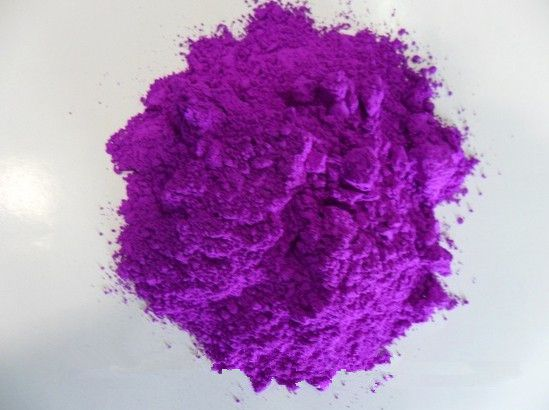
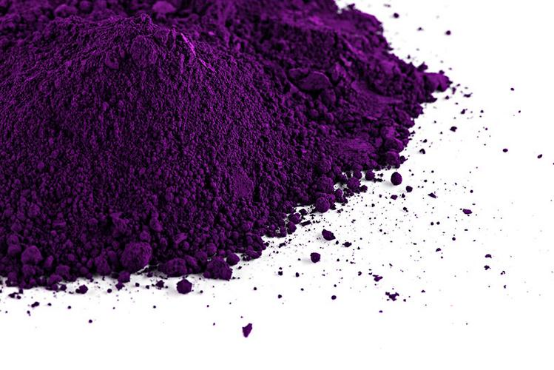
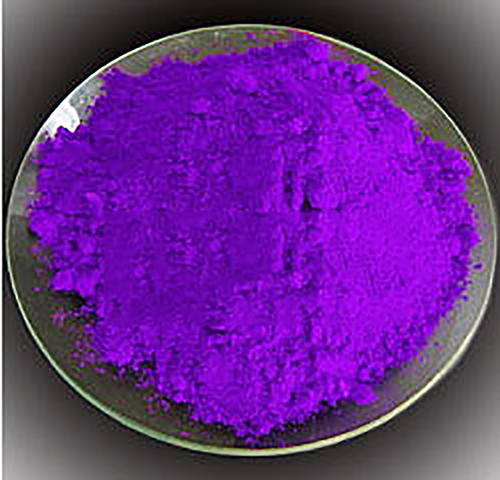
The following are several common purple pigments identified by the color index prefix PV according to the International Color Index.
Pigment Violet PV14 - Cobalt violet
Pigment violet 14
Color description: Can be reddish purple or cool pink.
Transparency/opacity: Translucent to opaque
Cobalt violet is a metallic element mined from the Earth's crust. The word cobalt comes from the German kobald, meaning "goblin," from the creatures that live in mines and are thought to be responsible for the dangerous conditions in which miners work. Cobalt violet has a very low coloring intensity and is easily obscured by high coloring pigments. However, with the right colors, it can make some very subtle, delicate blends, such as mixing with low-toned greens such as chrome green (pigment green 18) produces some soft grays, while mixing with cobalt blue (pigment blue 28) produces some intense violets. One of its attractions for watercolorists is its graininess, which can be used to create textural effects.
Pigment Violet PV15 - ultramarine violet
Pigment Purple 15
Color description: Cool blue-purple tones or reddish pink drops
Transparency/Opacity: translucency
Ultramarine is made by heating ultramarine blue pigment with ammonium chloride, the different shades of ultramarine depend on how much sulfur is removed by this process, pigment violet 15 has low coloring power and is a very slow drying pigment in paint, try mixing it with lemon yellow (such as pigment yellow PY3 or PY175) to make a soft gray. In watercolors, ultramarine is usually grainy.
Pigment Violet PV16 - Manganese violet
Pigment purple 16
Color description: Purple has a red or blue undertone, but shades of red are more common
Transparency/opacity: Translucent to semi-opaque
First used in artists' pigments in 1868, manganese violet is a slightly darker pigment that helps to reduce the chroma in the mixture despite its lower coloring intensity, mixed with chrome green (pigment green PG18), which takes on a hazy blue-gray color.
Pigment violet PV19 - quinacridone violet
Pigment violet 19
Color description: Between smoky purple and bright rose
Transparency/Opacity: Transparency
Quinacridone violet PV19 is less purple than quinacridone magenta PR122, but still has a slight blue tinge, and like other quinacridone pigments, it has a strong pigmentation, a high pigmentation intensity, and when mixed with ultramarine, it produces a very deep and vibrant violet color.
Pigment Violet PV23 - dioxazine violet
Pigment Purple 23
Color description: cool color, blue purple
Transparency/opacity: translucent to semi-opaque
A cool cool purple pigment with high coloring power that is popular among plant artists. Try mixing it with transparent iron oxide red (PR101) to make a dark brown color. Dioxazine Purple PV37 is considered to be more light resistant than PV23.
Pigment violet PV29 -- perylene violet
Pigment Purple 29
Color description: Dark reddish purple
Transparency/Opacity: Translucent to transparent
Perylene violet's strength is its low chrominance, which makes it a great addition to the portrait palette for blending natural flesh tones, or it can be mixed with greenish-gold (PY129) for a soft earthy green.
Pigment Violet PV37 - dioxazine violet
Pigment Purple 37
Color description: cool color, blue purple
Transparency/opacity: translucent to semi-opaque
As an alternative to the more volatile dioxazine violet pigment (PV23), pigment Violet PV37 is a cold purple pigment with high coloring power that is popular among plant artists. Try mixing it with clear red iron oxide (PR101) to make a dark brown color.
Pigment violet PV42 - quinacridone violet
Pigment Purple 42
Color description: Range from bright floral pink to dark reddish purple
Transparency/Opacity: Transparency
The pigment Violet 42 is very similar to the more common quinacridone violet PV19, and when mixed with ultramarine blue (PB29), it produces a very deep and vibrant violet color.
Pigment Violet PV49 - Cobalt violet
Pigment Purple 49
Color description: Lilac, cold purple
Transparency/Opacity: translucency
Considered to be a "lighter" version of cobalt violet (PV14), it has low staining and adds texture particles to the watercolor mixture.
Pigment violet PV55 - quinacridone violet
Pigment Purple 55
Color Description: Dark red purple
Transparency/Opacity: Transparency
It is not as red as manganese purple, nor as blue as dioxazine purple or quinacridone purple, and can be mixed with any transparent orange pigment to make a rich brown color.




